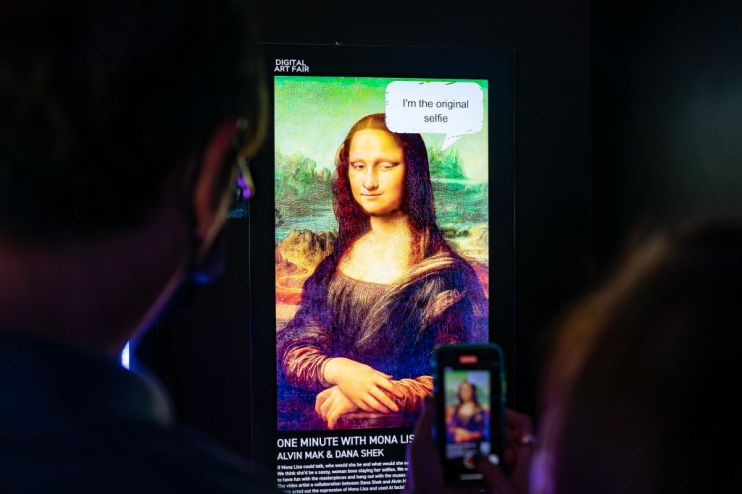NFTs could be the inclusive solution to the modern problem of digital ownership

Though first conceived in 2015, the year when non-fungible tokens (NFTs) truly became a mainstay of the tech zeitgeist is 2021. Rarely a week passes by without major news of the latest star to invest on an eye-watering sale.
September closed with news that the viral meme “Side Eyeing Chloe” sold for $75,000. Photoshop recently announced the addition of a feature to support NFT verification. Increasingly people look to NFTs to enshrine pop moments – a modern solution to a modern phenomenon – in a world where there is a demand to commodify icons of internet culture.
Of course, the application of NFT technology goes far beyond immortalising memes, extending to academia, film and art. The emergence of digital art and assets brings with it the issue of digital ownership. The owners of tangible artworks are easily identifiable. The painting you own hangs in your home, and you can hold the sculpture you bought in your hands. Digital assets are harder to assign and historically plagued with issues of piracy. NFTs overcome this issue. They are, conversely, indivisible by nature. NFTs have a sole owner, resolving the issue of authentication. Once a collector knows the details of a collection (its address, NFT ID, details of the metadata) it becomes easy to self-authenticate art.
The NFT market acts as the first true resolution to this new problem of digital ownership. The benefits are huge to buyers and sellers alike, presenting the industry with an unmissable opportunity. Adding to the advantages to the artist, NFT sales provide secondary royalties to the original creator of the NFT. They benefit with every exchange, retaining copyright and reproduction rights, like physical artwork.
A major advantage to NFT buyers is that ownership is provided via a token, which verifies ownership of the original work and cannot be replicated. This is an exciting development, particularly because this is a technology that can be utilised by anyone, regardless of gender or prestige. The NFT is simply a record entry on the blockchain. Images and NFT metadata can be stored in IPFS and intentionally mirrored across multiple computers in the network. Each sale of an NFT in the collection contains a royalty to ensure the images and metadata persist in IPFS. Whilst parts of the art can still be copied, the ownership is undeniable.
Because the record of that ownership is decentralised on the blockchain, the need for a middleman is removed. Once a buyer is in the Ethereum ecosystem, both the art and the funds settle instantly without the need for third party galleries or auction houses. The transaction process is streamlined. Ultimately, it’s a more democratic and meritocratic market – borderless, more accessible and direct.
NFTs have enormous transformative potential. This is not simply a case of resolving one known problem. Rather than eroding the traditional artworld, this technology serves to expand its boundaries. This decentralised market could democratise the historically impenetrable industry, removing barriers of access, promoting inclusivity, and forging communities. It’s thrilling to know the same could be true for other sectors in ways we have not yet conceived. We are yet to understand the full potential of NFTs. My experience so far has been one of freedom, and discovery. Long may it last.